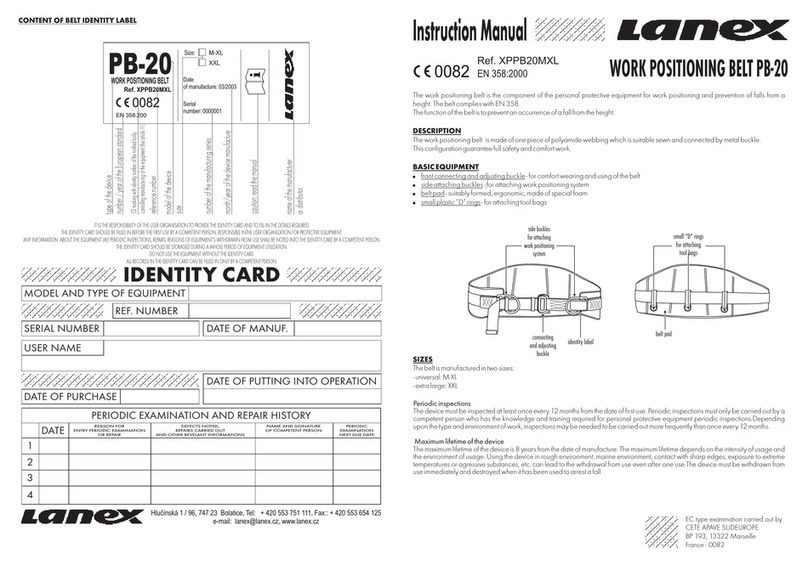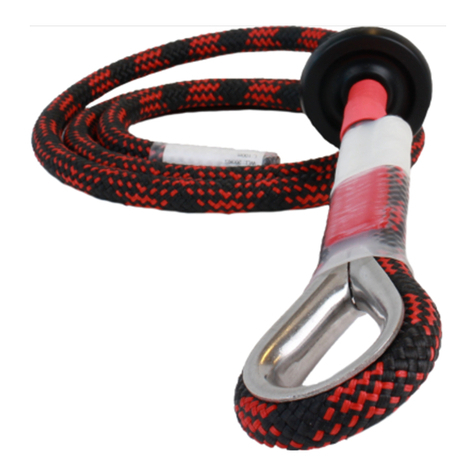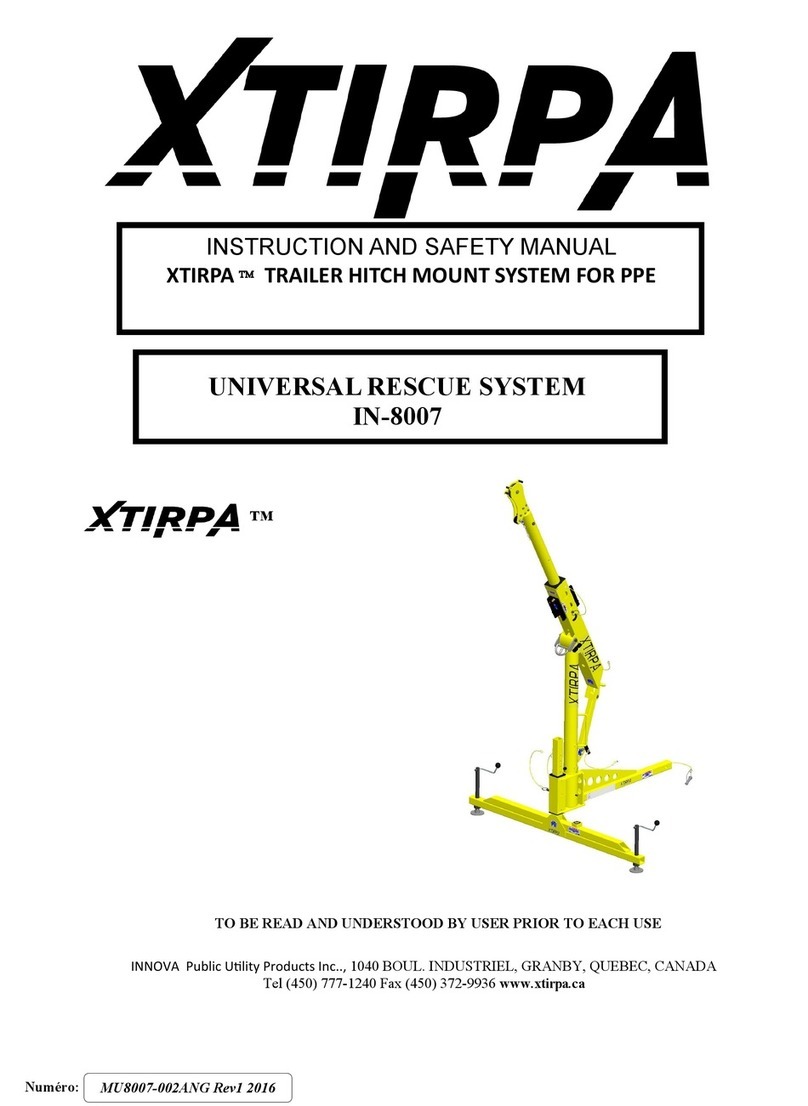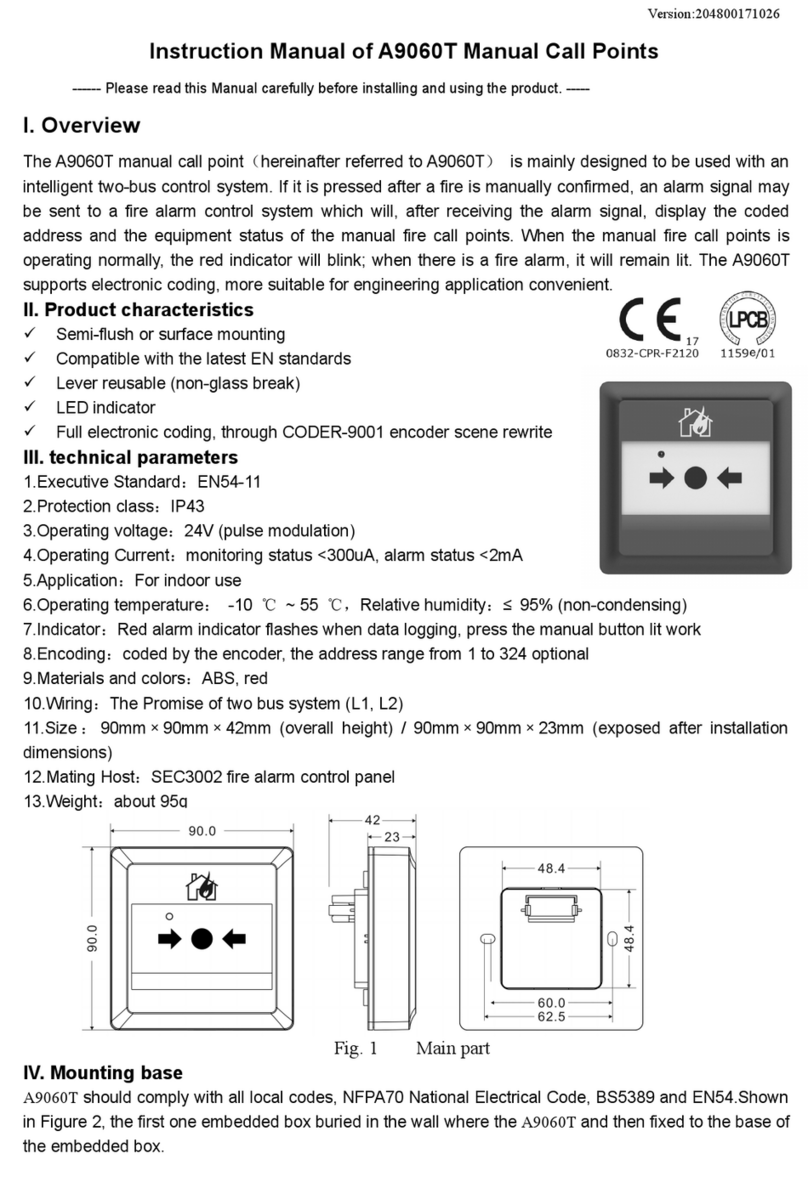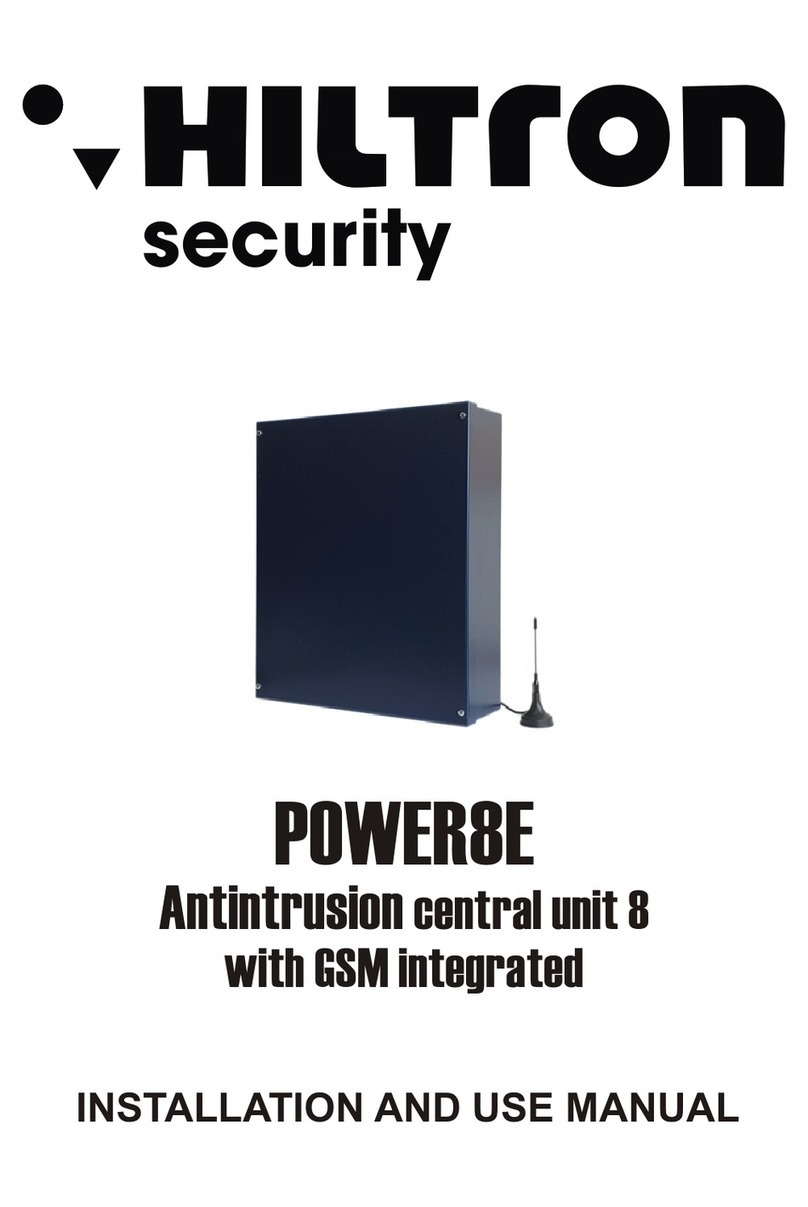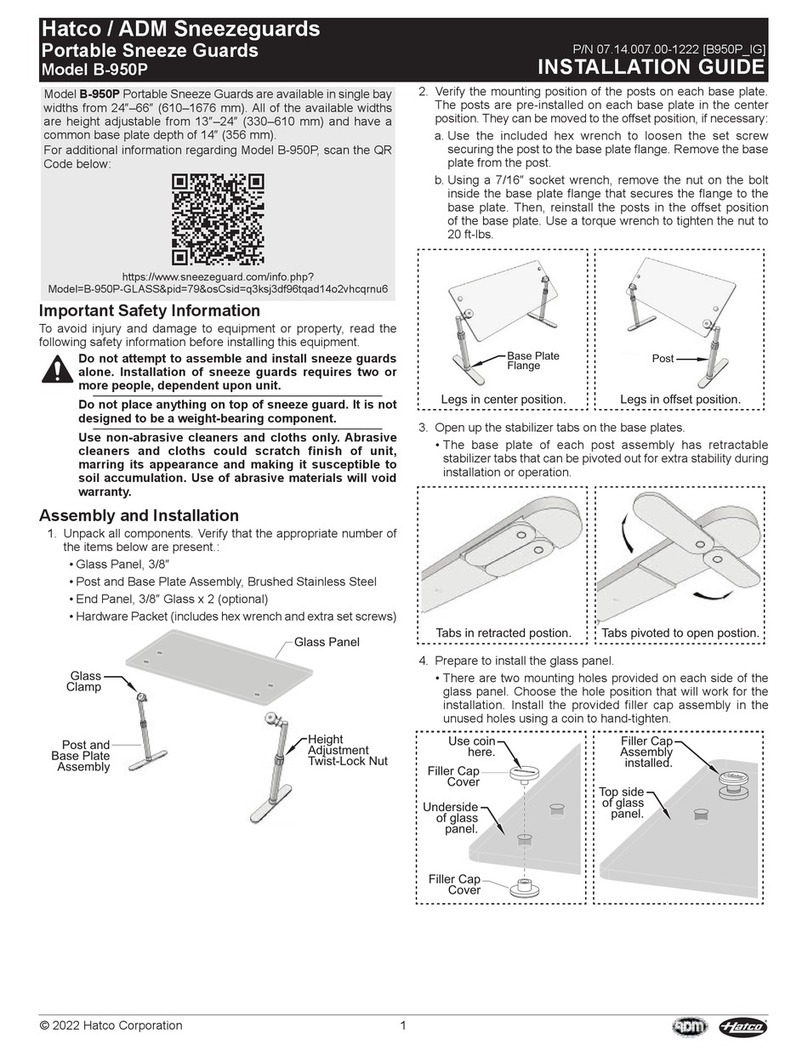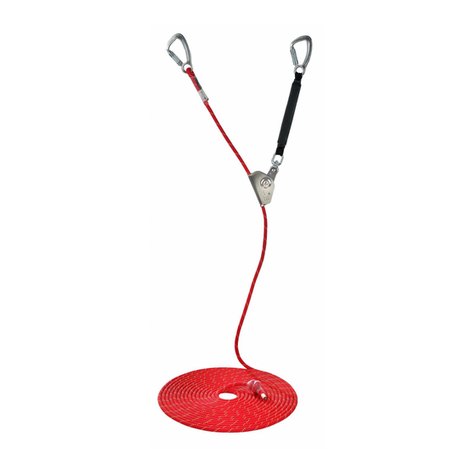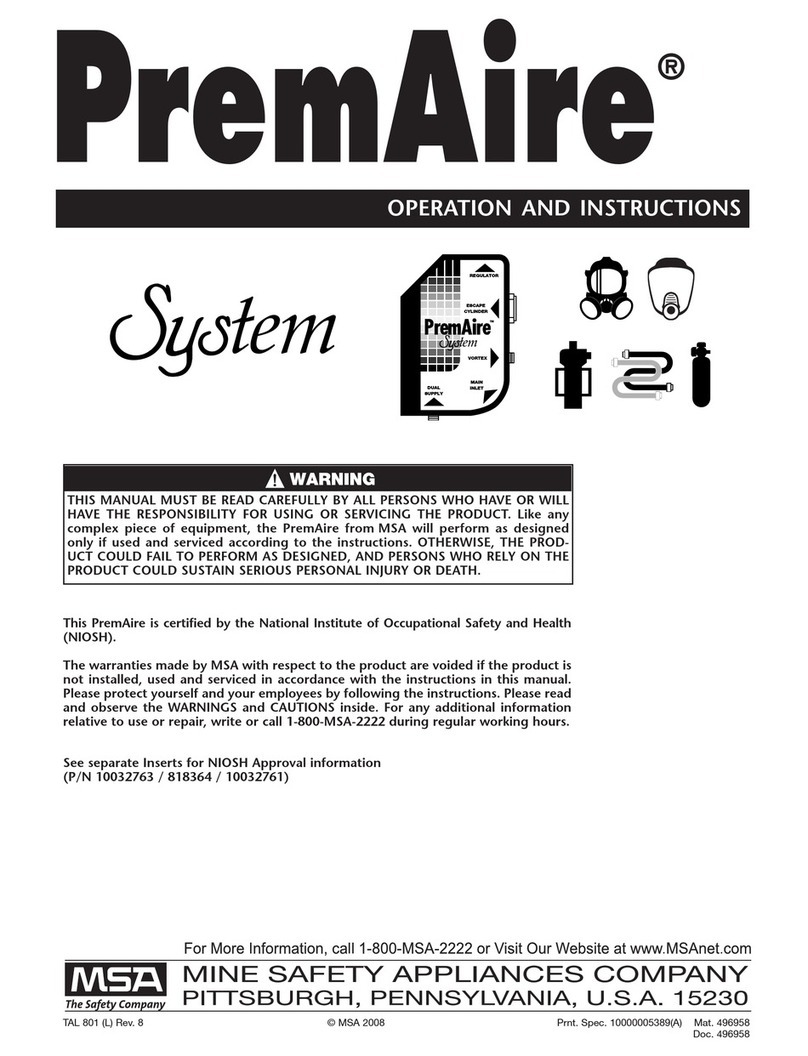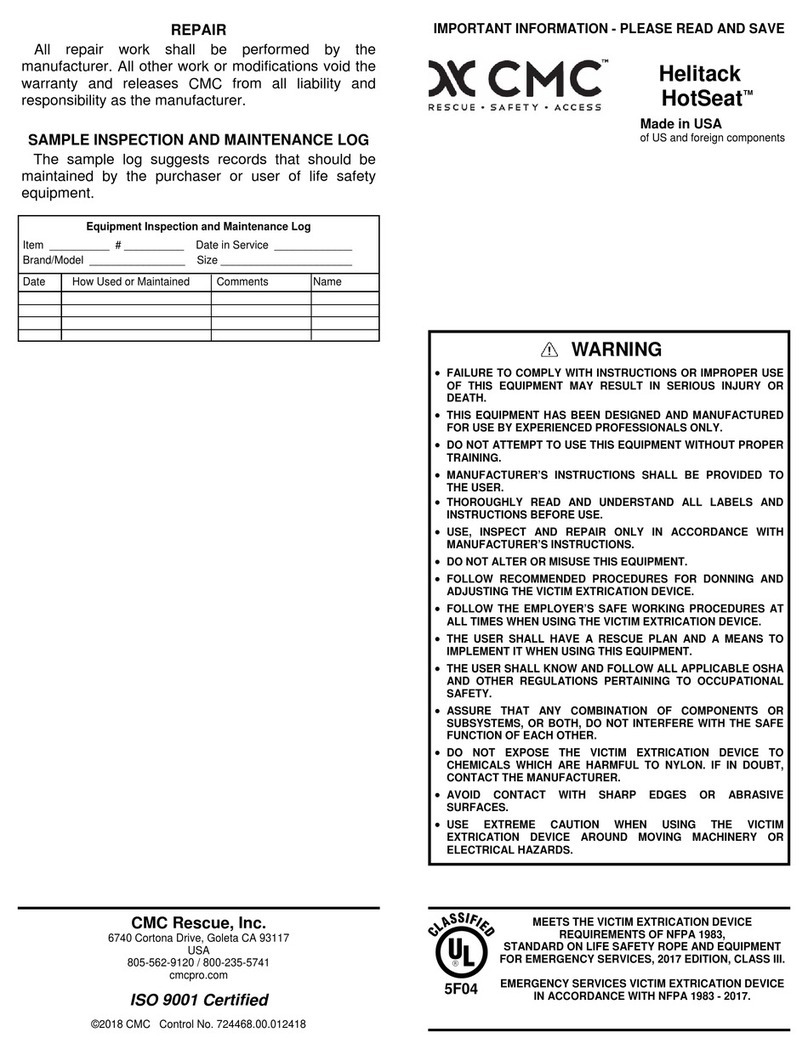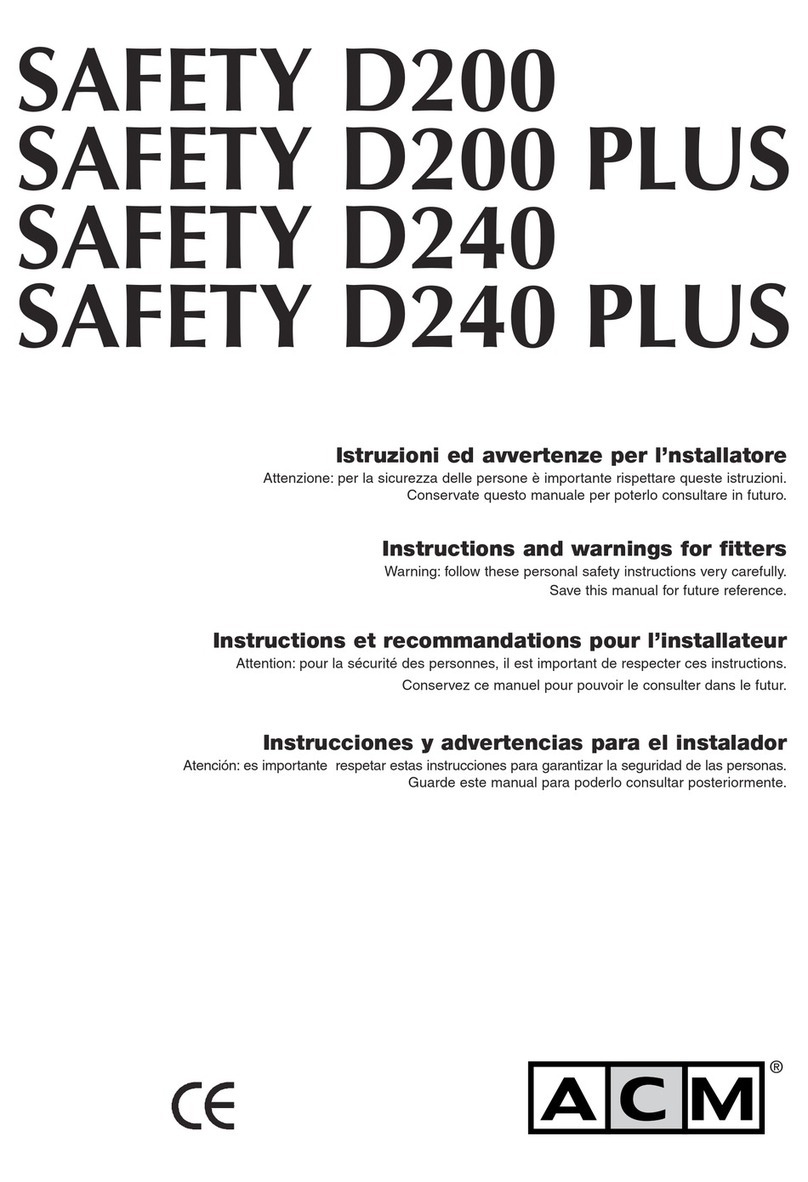
When mechanical or natural ventilation is present mount a sensor in the airflow. In machinery rooms where there is no discernable or
strong airflow then options are:
Point Detection, where sensors are located as near as possible to the most likely sources of leakage, such as the
compressor, expansion valves, mechanical joints or cable duct trenches.
Perimeter Detection, where sensors completely surround the area or equipment.
With heavier than air gases such as halocarbon and hydrocarbon refrigerants such as R404A, propane and butane , sensors
should be located near ground level.
With lighter than air e.g. ammonia, the sensor needs to be located above the equipment to be monitored e.g. on a bracket or
high on a wall within 300mm of, or on the ceiling provided there is no possibility of a thermal layer trapped under the ceiling
preventing gas reaching the sensor. (NB. At very low temperatures, such as in a refrigerated cold store, ammonia gas
becomes heavier than air).
With similar density or miscible gases, such as CO or CO2, sensors should be mounted about head height – 1.5m.
Sensors should be positioned a little way back from any high-pressure parts to allow gas clouds to form. Otherwise any
leakage of gas is likely to pass by in a high-speed jet and not be detected by the sensor.
Make sure that pits, stairwells and trenches are monitored since they may fill with stagnant pockets of gas.
If a pressure relief vent pipe is fitted to the system, it may be a requirement to mount a sensor to monitor this vent pipe. It
should be positioned about 2m above the PRV to allow gas clouds to form.
With racks or chillers pre-fitted with refrigerant sensors, these should be mounted so as to monitor the compressors or if
extract ducts are fitted the airflow in the duct may be monitored.
Refrigerated Spaces
In refrigerated spaces sensors should be located in the return airflow to the evaporators on a sidewall, below head height preferred, or
on the ceiling, not directly in front of an evaporator. In large rooms with multiple evaporators, sensors should be mounted on the
central line between 2 adjacent evaporators, as turbulence will result in airflows mixing.
Chillers
In the case of small water or air-cooled enclosed chiller units mount the sensor so as to monitor airflow to the extract fans. With larger
models also place a sensor inside the enclosure under or adjacent to the compressors.
In the case of outdoor units:
Such as enclosed air-cooled chillers or the outdoor unit for VRV/VRF systems mount the sensors so as to monitor airflow to
the extract fan. With large units also place a sensor inside the enclosure under or adjacent to the compressors.
In the case of non-enclosed outdoor units:
If there is an enclosed machinery section then locate a sensor there.
In the case of the units with enclosed compressors, mount sensors in the enclosures.
Where you have protective or acoustic panels mount the sensors low down under the compressors where it is protected by
the panels.
With air-cooled chillers or air-cooled condensers with non-enclosed condenser sections it is difficult to effectively monitor
leaks in the coil sections. With some designs it will be possible using an airflow sensor to monitor airflow to the start-up fans
in the front or rear sections.
If there is a possibility of refrigerant leaks into a duct or air-handling unit, install a sensor to monitor the airflow.
Weatherproof sensors should be used for unprotected outdoor applications.
Air Conditioning – Direct systems VRV/VRF
EN378 states that detectors to ensure safety have their sensors located in such positions that they monitor the concentration at
heights of the occupants of a human occupied space taking into account the characteristics of the refrigerant used e.g. at less than
bed height with heavier than air gases in a hotel room. It also states that ceiling voids are regarded as part of the human occupied
space.
In a hotel room monitoring in ceiling voids would not strictly comply with EN378
Do’s
Mount the in-room sensor at less than the normal heights of the occupants e.g. in a hotel room this is less than bed height –
between 200-500mm off the floor.
Keep away from draughts and heat sources like radiators etc.
Avoid sources of steam.
Don’ts
Do not mount sensors under mirrors, at vanity units or in or near bathrooms.
